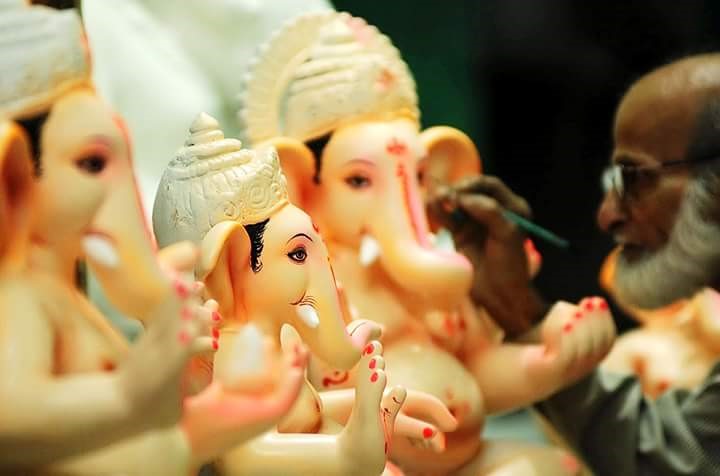5 Enchanting and Mysterious Musical Instruments

“Music is a moral legend. It gives spirit to the universe, wings to thought, charm to youth and life and happiness to all things. It is the essence of order, lifting up the spirit to all that is good, right and beautiful.” – Plato. Some wise words from a wise philosopher. It is clear that there’s more to music than one may consider. In fact, traditions in most countries believe that music can be a passage way between the world we don’t see and the reality we live in. And this is all thanks to some specially designed musical instruments.
The Didgeridoo
The Didgeridoo is of Australian origin and it is a pretty old instrument dating back more than 1,500 years. It is a wind instrument, made from hollowing out a dead wooden limb with a waxed exterior. Playing it is not really a piece of cake, as it’s not just blowing out into the pipe and making sounds. In order to get a perfect low and harmonic drone, players have to practice and use special breathing techniques in order to maintain a single note for over 45 minutes. The story behind this instrument is related to the love of nature. As legend has it, the didgeridoo embodies the voice of the Earth. Aboriginal songs and ceremonies were accompanied by this magical instrument that, through its droning melody, was used to establish a spiritual path between people and Earth.
Gong
Everybody knows about the gong. It might not surprise you that it is an over 3,500 year-old instrument that originates from China. The significance of the name is also pretty predictable, as it is named after the sound that it produces. However, the interesting part about this instrument is its story. The name of Buddha is strongly related to it, as Buddhists used and still use the gong during rituals of healing, prayer and meditation. As a matter of fact, this instrument is regarded as sacred, not only because of the sound it produces, but also the metal itself. Touching a gong can bring good luck and happiness.
The Tambour
Thought about the father of modern guitars? Well here you go. The tambour is several thousands of years old and it finds it’s roots in Mesopotamia and Southern and Central Asia. It is a stringed wooden instrument with a long neck and resonating body, and it’s design evolved into different shapes and sizes over history. It’s story remains the same though. It is said that a tambour was used in order to establish spiritual equilibrium in healing and provide acalming meditation process.
The Conch Horn
The conch horn is a wind instrument, simply consisting of sea snails or seashells that one could blow into, producing a loud, trumpet-like sound. It is used in various cultures, normally those that have access to seas or oceans such as the Caribbean, India or New Zealand. Being used in different cultures, the significance of the instrument changes from one region to another. For instance in India, the conch horn is a sacred symbol that relates to the god Vishnu, therefore every song played at this instrument is an ode to fertility and life. On the other hand, for the Caribbean tribes, the conch horn plays an important role in hunting and war rituals. Being a symbol of male virility and sexuality, warriors were buried with these types of shells.
The death whistle
First, you have to hear it to believe it. If this isn’t the sound of death, what is? Originating from the Aztec culture, this powerful musical instrument was used for various macabre purposes, such as the human sacrifice ceremonies. Aztec priests were playing these skull-shaped whistles, believing that the sounds produced could guide the soul of the sacrificed to the afterlife. These types of whistles were also used by warriors in order to intimidate their foes.




